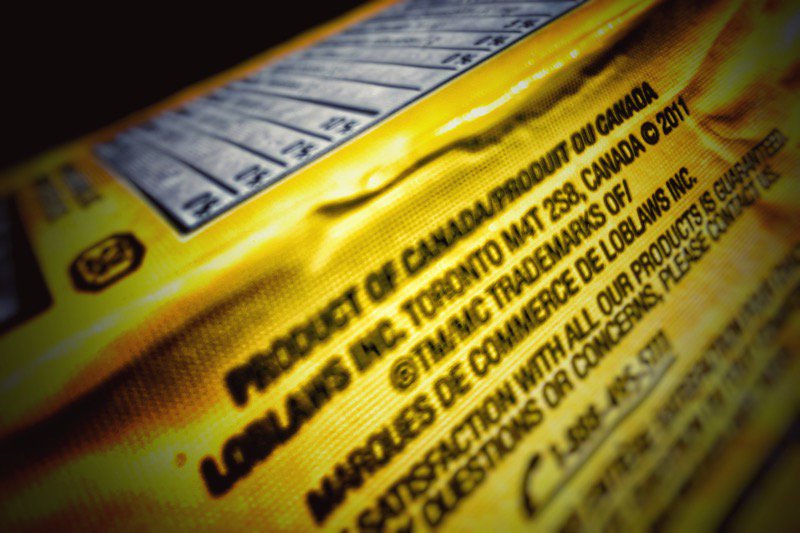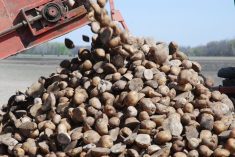Food processors wanting to make “Product of Canada” or “Made in Canada” label claims for their wares might not have to be as strict on their use of Canadian ingredients, under proposed changes to labelling guidelines.
The Canadian Food Inspection Agency on Monday announced public consultations and a public comment period, to run until June 23, on proposed new rules for such claims.
Current federal guidelines that govern processors’ voluntary use of “Product of Canada” and “Made in Canada” claims have been in place since late 2008.
Read Also

Senft to step down as CEO of Seeds Canada
Barry Senft, the founding CEO of the five-year-old Seeds Canada organization is stepping down as of January 2026.
Since then, CFIA said, it’s been found the guidelines “make it difficult for consumers to identify products with Canadian content” and don’t line up with related guidelines used in some provinces. Quebec and Manitoba require 85 per cent provincial content; Ontario requires 80 to 100 per cent, depending on the commodity.
Also, the agency said, Canadian food processors haven’t been able to use these claims on their food products if the ingredients they need aren’t always available or can’t be grown in Canada, such as some fruits or vegetables or other products such as spices or cane sugar.
CFIA, in its consultations with industry stakeholders, also found requirements for making claims on Canadian products exported to other countries are “much less strict than making claims on Canadian products sold in Canada.”
CFIA, in its consultation document, offered up the example of a jar of Canadian-grown pickles, pickled and jarred by Canadian workers in Canada — but not eligible to be a “Product of Canada” on its label because its vinegar was imported. That’s because the regulations today call for “all or virtually all” of a product’s ingredients — in practice, 98 per cent or more — to be Canadian before such a label is allowed.
The proposed new guidelines would lower the “all or virtually all” threshold to 85 per cent, allowing the jar of pickles in question to carry the “Product of Canada” label.
“Lowering the threshold would enable more companies to use the claim while ensuring that Canadian labour, manufacturing and ingredients are used,” the agency said.
For another example, the current guidelines require fruit juice made in Canada with imported fruits to include a qualifying statement such as “Made in Canada from domestic and imported ingredients” or “Made in Canada from imported ingredients.”
CFIA said it heard from industry that the current qualifying statement for products combining domestic and imported ingredients is “too long” and having to call out imported ingredients “detracts from featuring Canadian content.” The new guidelines, CFIA said, would allow the juice to carry a simple “Made in Canada” claim.
Under the proposed new guidelines, a product could also carry an optional statement to “highlight the origin of specific ingredients” such as “Made in Canada with 100 per cent Canadian wheat.”
Current guidelines already allow other qualified claims to be made for products that don’t fall into the “Product of Canada” or “Made in Canada” guidelines — such as “Roasted and blended in Canada” for coffee.
CFIA has set up an online survey for its consultations and will also accept comments by email (with “Product of Canada consultation” in the subject line). — Glacier FarmMedia Network
















